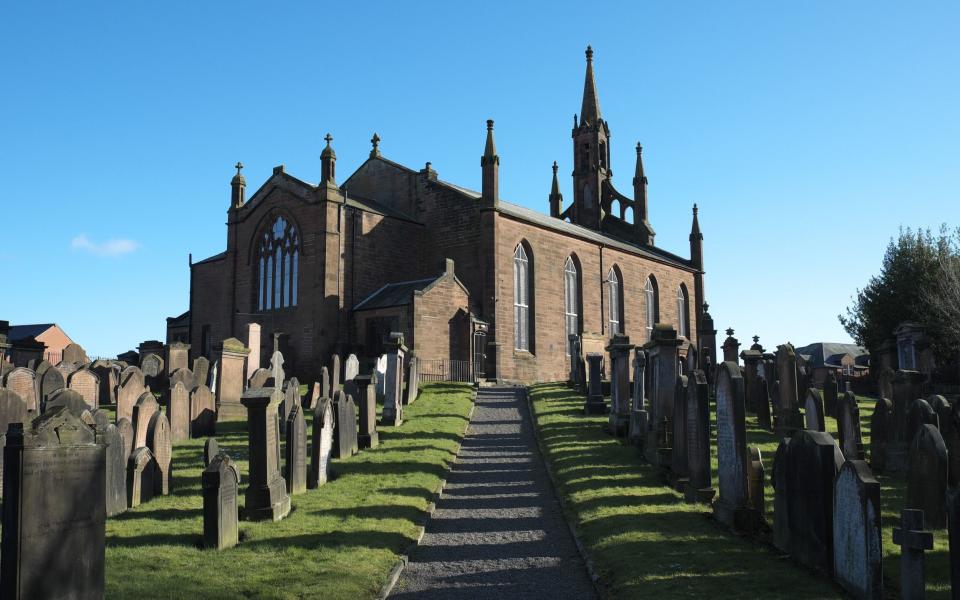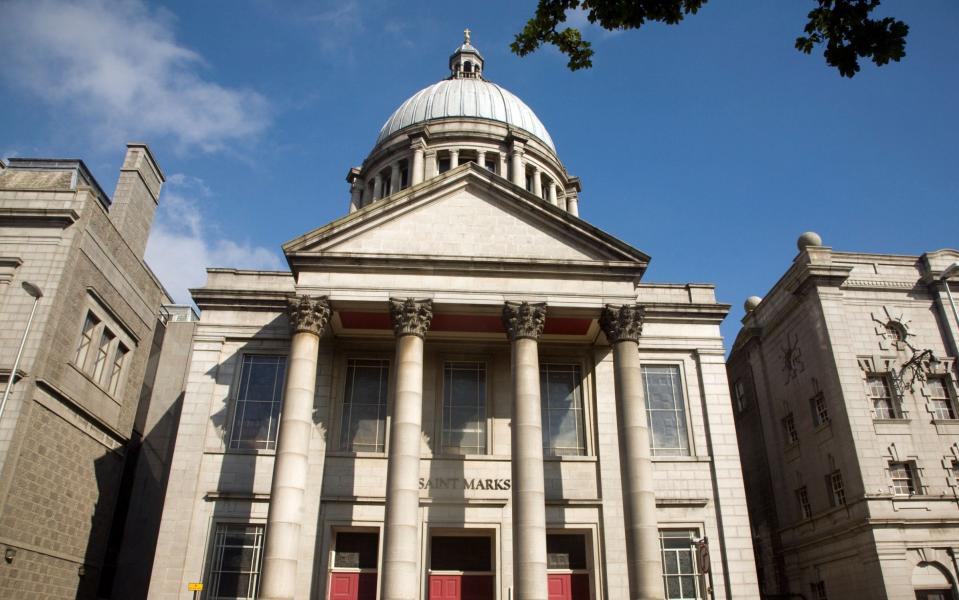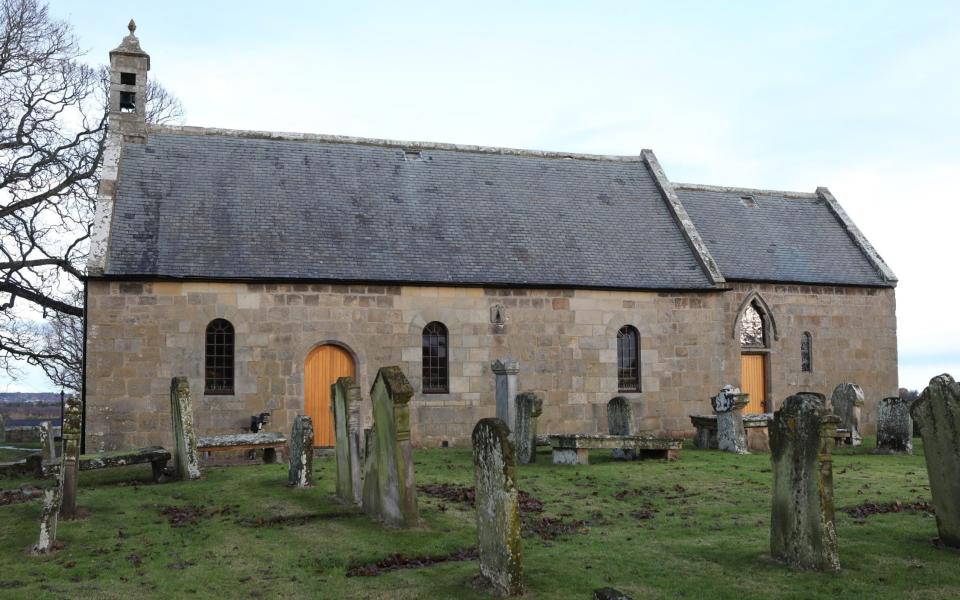Hundreds of Scottish churches put on the market in ‘painful’ fire sale

Have you transformed a former church into your dream home? Get in touch: money@telegraph.co.uk
The Church of Scotland is selling 100 historic buildings to free up funds after a drastic decline in the number of worshippers and ministers.
Churches, plots of land and former council houses, some dating back to the 1700s, have been listed for sale at prices ranging from £35,000 in what the Church has described as a “painful” move.
The institution said financial pressures have forced it to make “difficult” decisions on its future, adding it now owns “far more [churches] than is required”.
The Church of Scotland has lost a million members since 2001 and the majority of Scots now say they have no religion, according to the latest census data.
It is also grappling with a fall in clergy numbers. In 2022, the Church revealed it had lost 40pc of its ministers since 2000.
By ridding itself of centuries-old, energy-sapping buildings, the Church is hopeful it can “reduce the pressure on congregational finances”.
A Church of Scotland spokesman said: “We understand fully the wide range of emotions – anger, guilt, sorrow and relief that the burden of trying to keep a place of worship open with few people and little, if any contribution from other community sources, has finally been lifted.
“The Church owns thousands of properties, far more than required to achieve our primary mission of sharing the good news of Jesus Christ.
“It is going through a transformation and it is essential that the Church is properly equipped to be fit for purpose in the 21st century. Although buildings are cherished, they must not hinder progress.”

Historic buildings on the market include a quaint church in Laggan, Inverness-shire, for offers over £35,000, and the neo-gothic St Mary’s Greyfriars in Dumfries for bids over £38,000.
The impressive town church, which closes to worshippers for the final time on Thursday, measures 594 sqm and is a fraction of the £165,000 average house price in the area. However, like most of the churches on the market, its energy performance is in dire straits – holding the lowest EPC score of G.
The prominent St Marks in the heart of Aberdeen is the priciest property for sale, listed for £390,000. Other places of worship on the market include Kirkinner Church (£40,000) in Dumfries and Galloway, and Kirknewton Church (£215,000) in West Lothian.
Since unveiling its plan to significantly slim down its portfolio, the Church has been accused of disrespecting country dwellers by forcing them to make lengthy trips to neighbouring parishes.
The closure of the 900-year-old Birnie Kirk, Moray, caused uproar last year after being listed on the market. The historic church, which is one of the oldest in Scotland, is yet to be sold but will be released from ownership by 2027.
“The patterns of Church life have changed over the decades and we recognise that the speed and pace of the change has been difficult, challenging and a painful experience for man,” a spokesman said.

The Church said its buildings “have the potential to be used for a variety of different purposes” – whether it be for residential, entertainment or education.
But, Andrew Boast, of SAM Conveyancing, a panel of surveyors and solicitors, warned potential buyers to be careful.
“No matter how enticing they may seem, you should err on the side of caution and not get too caught up in the excitement as churches can be far more tricky than the listing lets on,” he said.
“Churches are notoriously chilly and good at losing heat, making them tricky and expensive to keep warm.
“Converting them to residential or commercial buildings will involve navigating a complex maze of planning regulations and legal requirements – not to mention issues with conservation or significant historical statuses.”
Mr Boast said works are likely to be “met with a lot of bureaucratic red tape”, leading to lengthy delays and additional costs.
His thoughts are echoed by Emma Myrie, of specialist insurer Homeprotect: “A church or chapel may seem like a bargain based on the sale price alone, but factoring in the challenges around conversion, maintenance and upkeep could make it a false economy.”
The Church of England said it closes around 20 churches each year. Current listings show most up for sale are located in the north of the country.
Results of the 2021 census show that less than half the population of England and Wales describe themselves as Christian (46pc), a 13pc drop compared to the 2011 survey.
While the drop is sudden, it is not as stark as Scotland where only 20pc of the population class themselves as Christian.


 Yahoo Finance
Yahoo Finance 